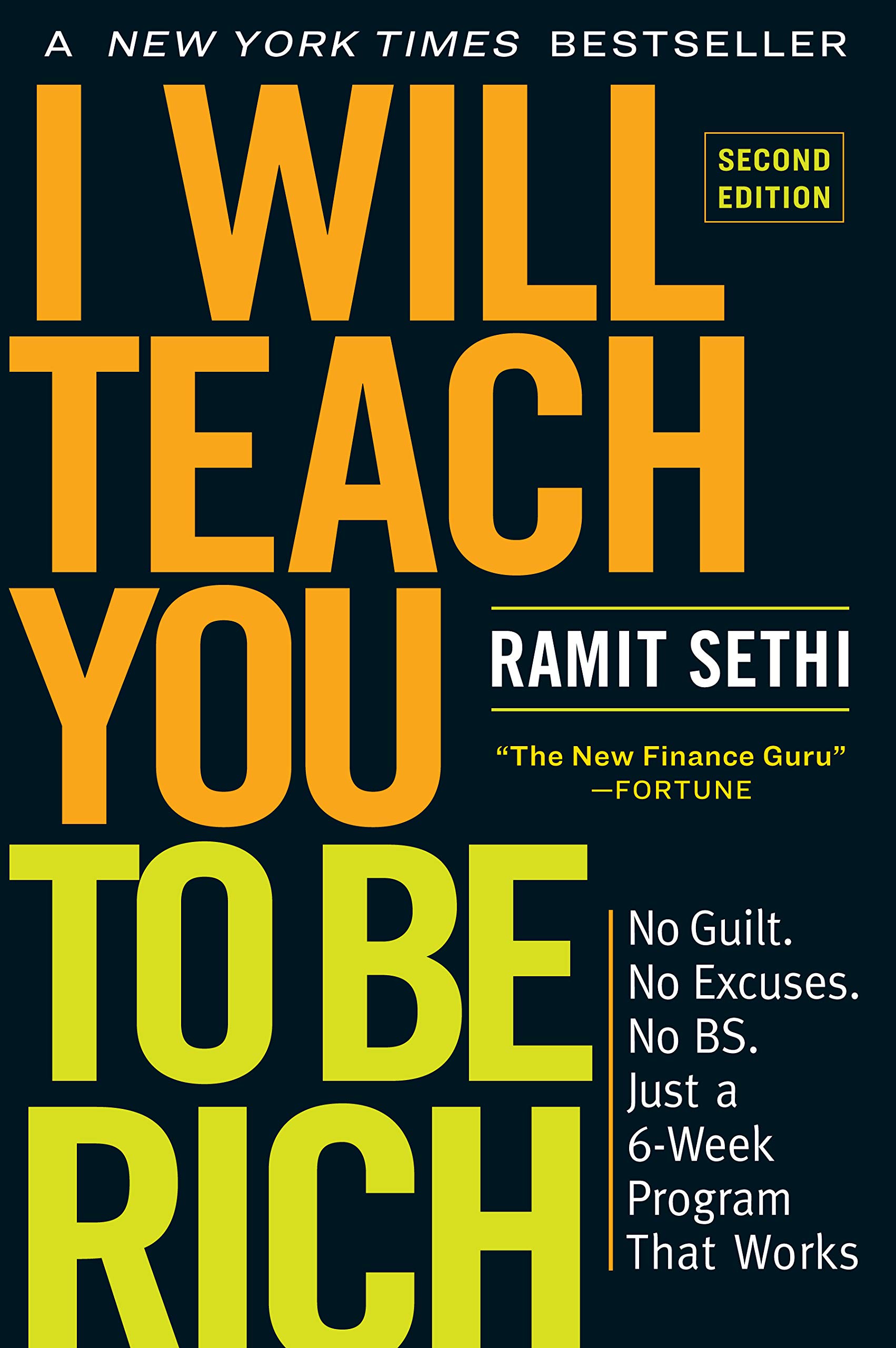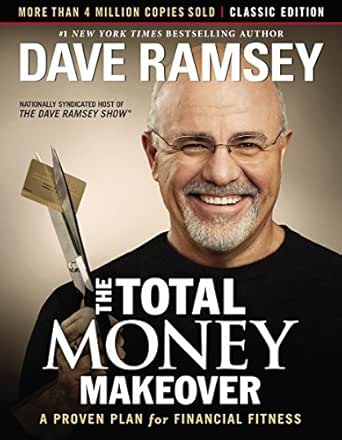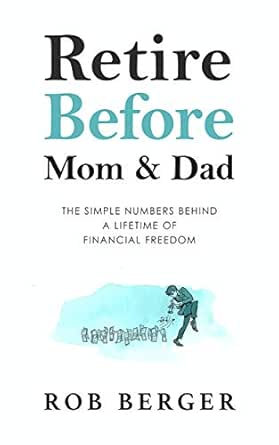By Manjari Gupta
“I AM A MONEY MAGNET.” Write that on a post-it and stick that upon your wall.NO! wait. Affirmation needs actions. You are not manifesting a single dollar if you don’t game up your money management. Every time you had a penny for wondering where all your savings have vanished away, you would be a millionaire by now. You do not have to be an economist to understand money. You just need to learn the art of converting your liability into an asset. A sound awareness about finance can make you more woke and smart enough to make the right investments and deal with all your pay-off and debts like a pro!
Here are 7 reads for financial literacy that you need to consider asap: –
“Get a Financial Life: Personal Finance in Your Twenties and Thirties” by Beth Kobliner
The book covers everything ranging from investing to retirement to banking to buying a home. It’s perfect for the busy person, who doesn’t have much time to read a lengthy book on personal finance. The first chapter is set up as a cheat sheet and each chapter contains a helpful summary in a bulleted format.

Beth Kobliner has been writing, researching and talking about personal finance as an author, commentator or journalist for 30 years. She’s also been a contributor to The New York Times, The Wall Street Journal and a regular columnist for Money and other publications.
This book is an excellent manual for understanding varied crucial concepts from banking to investments to retirement or even buying a house. This book is very handy for anyone who cannot manage to find time and read bulky books on personal finance. The author, Beth, states that there is a hard topic on personal finance that is not covered in the book, she referred to more than 500 sources while writing this book. Beth has been researching and writing about personal finance for more than 30 years. She has also contributed to the New York Times and Wall Street Journal.
“Generation Earn: The Young Professional’s Guide to Spending, Investing and Giving Back” by Kimberly Palmer
If you are looking for a book on investment, then this book is a hub of knowledge. The real issue for a lot of people to address is not money. It is a beginner’s guide to addressing the right strategy to manage retirement funds, payoffs and depts. Kimberly in her book explains the thumb of rules for savings. Some crucial guidelines help the reader to analyse the root cause of poor money management.

The reader gets a glimpse of how the income bracket and personal needs go hand in hand. The current economy is very unpredictable and every individual needs to have basic literacy regarding finance and money management. Palmer reaches out to the reader in a very easy peasy fashion. Palmer mainly focuses on general recommendations rather than giving blunt advice. Therefore, there is a lot of scope for the reader to implement the right suggestion in their finance.
“I Will Teach You to be Rich” by Ramit Sethi
Ramit Sethi is a renowned finance expert, currently running a blog under the same title. Sethi scans his audience well, the book targets young adults and guides well on how to track their finance. The book includes a seven-week program that helps an individual to start saving and effectively proceed with investing.

It will teach you to be rich with its subtle metaphors and anecdotes that tickles your funny bones. This book has cutting edge humour that kills the monotony which usually is the theme of any mid-thirty-road-to-smart-finance guide. The best part of the book according to me was the emphasis on the fact, that there is no necessity to spend another dime on a financial advisor to learn about finance. There are instances and references in the book that builds confidence in a reader, even without any basic knowledge of finance.
“No More Mac ‘n’ Cheese! The Real-World Guide to Managing Your Money for 20-Somethings” by Lise Andreana
The best part about this book is that it is not very intimidating to anyone who does not consider reading heavy volumes, with just 154 pages, this book illustrates important concepts in chronological order; from basic financial goals to buying a car to buying a house.

Andreane emphasizes the fact that while looking for jobs it is important not to overlook various compensation packages and not just compare salary offers; fewer paying jobs with more benefits is always better. This book aims at young people who decide to embark on the journey to financial independence. How many millennials are surviving on ramen with a basic salary, just because they are not aware of the right investments and areas of expertise needed to live the right life with all the pennies earned?
“Total Money Makeover” by Dave Ramsey
I will have to admit, every Ramsey I come across in my life somehow turns out to be savage. Be it, Gordan or Dave. Dave is a radio host, Television personality and writer. He is an experienced finance consultant who talks business with no hypothetical nonsense. Ramsey talks about a simple yet significant lifestyle that is debt-free. Unlike all the other books that I read, what appealed to me was the fact that the author suggests the reader live a life below means and unnecessary expenses. Honestly, his approach to low-key life for a healthy financial life with no stress is totally worth it.

This book consists of stories and experiences of people from the real world who followed Ramsey’s seven-step guide to financial freedom. This gives the reader the courage to make changes in their life. A lot of people have claimed this book to be their first baby step to money management.
“Rich Dad and Poor Dad “by Robert Kiyosaki and Sharon Lechter
You are missing out on a lot if you have not already heard about this book. This book is the epitome of self-help books. Robert, a successful investor talks about how the poor is unable to school their kids about financial independence that is delivered to rich kids by their rich parents. This book consists of six chapters that break down the complexities of money management and take the reader on an easy and blissful journey of financial abundance. Rich Dad, Poor Dad not only talks about the ways of dealing with debts and investment but also illustrates techniques on how to earn money as well. The author argues that the old orthodox education system has made it difficult for the new generation to learn ways and methods of making handsome money and also sustaining it smartly.

This was my first choice of book for financial literacy and I have no complaints! I would highly recommend this book to everyone who likes to think rich and live rich.
“Retire Before Mom and Dad: The Simple Numbers Behind A Lifetime of Financial Freedom” by Rob Berger
This book is as intriguing as the title. This is filled with bits and pieces of wisdom sugar-coated with a lot of wit and experience. Rob jumps straight to a hard-hitting fact that states financial freedom is a luxury that only transfers into the accounts of the elite. What I found fascinating about this book was that the author introduces the latte factor. Let me help you understand this very appealing concept in brief. The latte factor elucidates that savings made initially in life leads to impactful consequences; The suggestion is that you should skip your daily cup of coffee and invest that money instead. Here is an excerpt from the book that will help you understand this concept better.

“Assuming our beverage of choice costs $5, that frees up about $150 a month to save and invest. If we earned a 9.3% return over 45 years, we’d accumulate…
$1,231,783.24.”
These are the top books everyone should read for financial awareness and enlightenment. Have you already read any of them? Are you implementing the learnings?
Let us know in the comment section what is your favourite read on financial independence.

